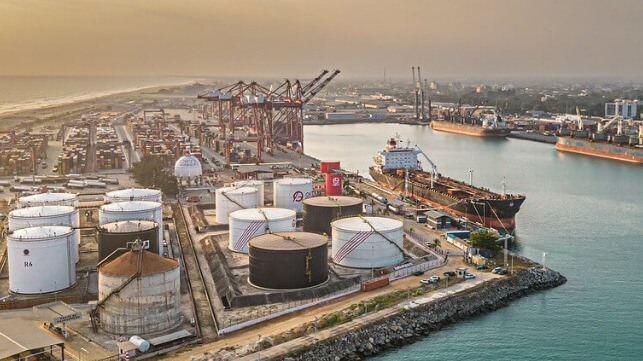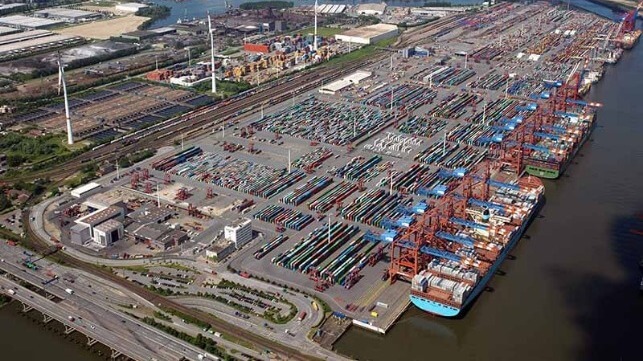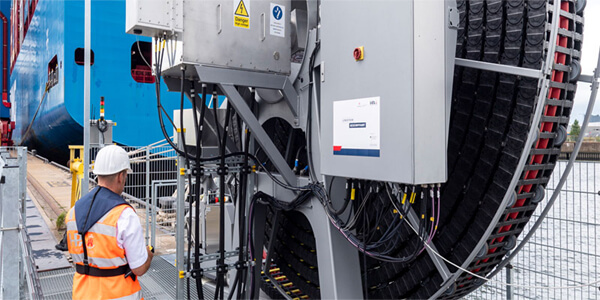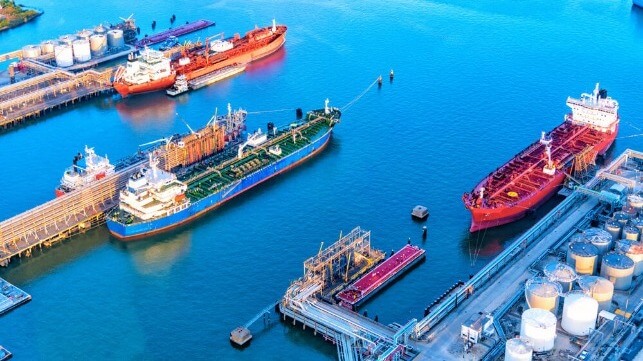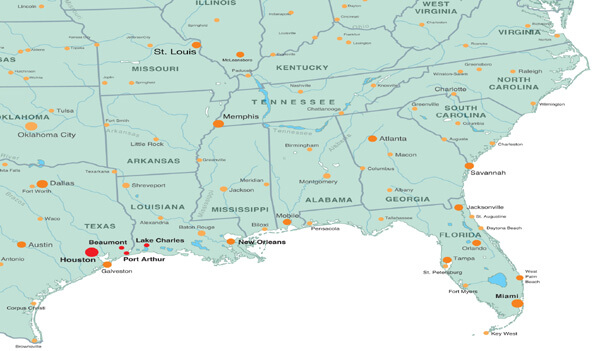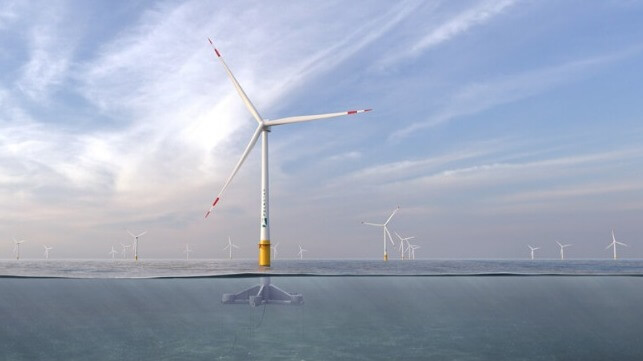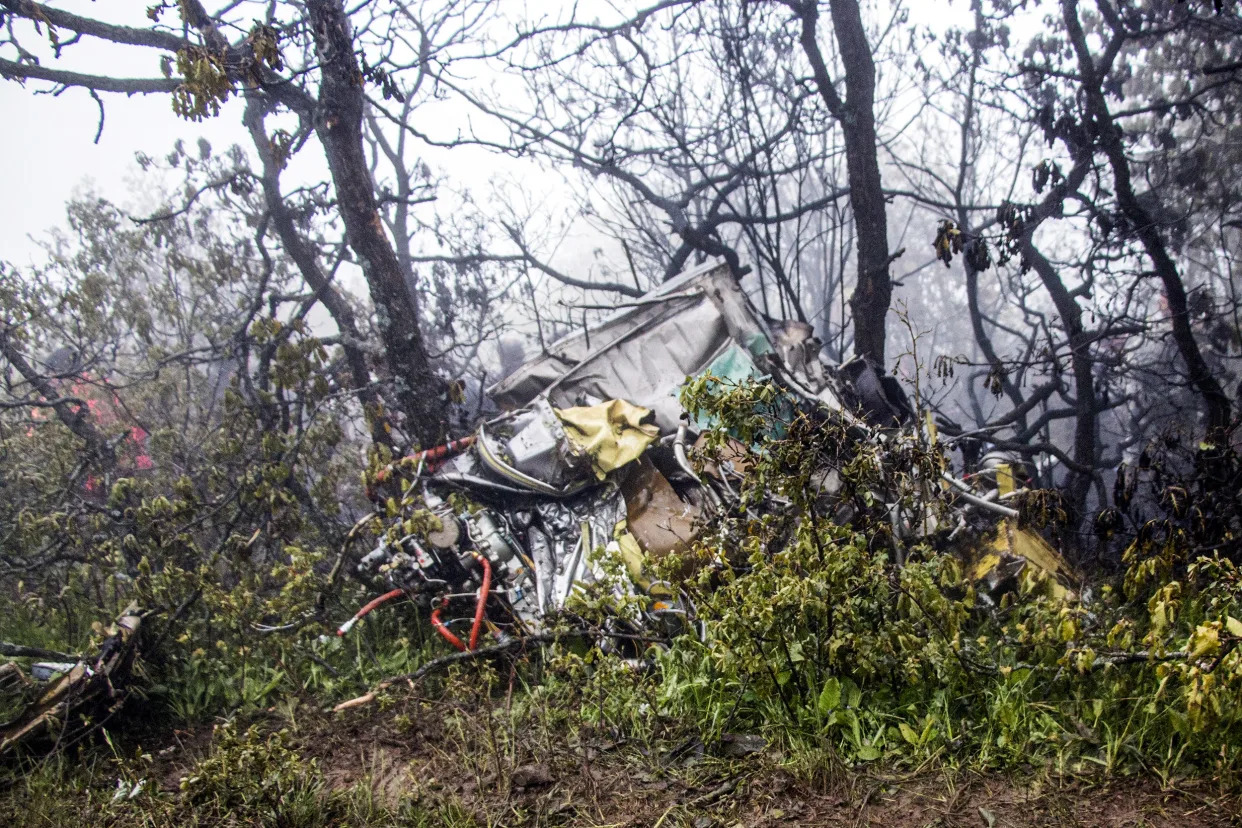BEED, India (AP) — Almost 970 million Indians are voting in general elections amid sweltering heat and unpredictable weather extremes exacerbated by human-caused climate change, leading to loss of livelihood, forced migration and increasingly difficult living conditions for millions across the country.
Voters are looking for politicians who promise relief, stability and resilience to the wide-ranging and damaging effects of a warming climate. In their election manifestos, India’s top political parties, including the governing Bharatiya Janata Party and the main opposition, the Congress party, have made multiple promises to act on climate damage and reduce emissions of planet-heating gases.
But there has been little talk about climate change on the campaign trail.
“Climate change is still not among the headlines during these elections despite its obvious impact on millions of Indian lives,” said Anjal Prakash, author of multiple United Nations climate reports.
The Indian subcontinent — surrounded by ocean on three sides and the Himalayan ranges to its north — is vulnerable to sea level rise, severe storms, heavy floods and melting glaciers. It's also experienced extreme heat spells and severe drought as global average temperatures climb. A report by the New Delhi-based Centre for Science and Environment said India experienced extreme weather on nearly 90% of the days last year.
Here's a look at how the effects of climate change are influencing voters.
EXTREME HEAT AND LONGER DROUGHTS IN WESTERN AND CENTRAL INDIA
Vaibhav Maske's millet farm was dry to the bone in early May, even though he dug three borewells 600 feet deep looking for water.
The 25-year-old lives in Marathwada, one of the most acutely affected heat and drought-prone regions in western Maharashtra state, and farmers there say the current summer is the worst major drought in almost a decade. But politicians haven’t been paying attention.
“Politicians are only talking about religion and caste. No one is talking about the environment or farmers issues," said Maske. "They are saying Prime Minister Modi is giving money to farmers, that’s good. But at the same time, the taxes are so high on everything including our farm equipment, so how can we make ends meet this way?”
Since February 2019, a federal government scheme transfers $70 to around 100 million farmers a year to supplement their income. But Maske said it's of little use as farm expenses like water, fertilizers and farm gear now cost him up to $180 a month.
Instead, Maske said local and federal governments need to prioritize providing a water source for farming. “They need to dig canals or divert some water from rivers in nearby areas, so we have some steady supply of water. No one has done anything about this," he said.
STRONGER AND MORE FREQUENT CYCLONES FOR COASTAL REGIONS
India’s eastern coasts have long been prone to cyclones, but the number of intense storms is increasing along the country's coast. Last year was India's deadliest cyclone season in recent times, killing 523 people and costing an estimated $2.5 billion in damage.
Roxy Mathew Koll, a climate scientist at the Indian Institute of Tropical Meteorology, said their studies found that “floods have increased threefold since the 1950s and cyclones have increased by 50% since the 1980s.”
It's making disasters a political focal point for the regions worst affected by them.
Around 25,000 people in the Ennore neighborhood in Chennai planned to boycott the Indian general elections in part due to lack of government support post Cyclone Michaung, which devastated the eastern coasts of southern India in December 2023.
“Politicians just come asking for votes making promises," said Subhashini Ravi, a 37-year-old resident of Ennore. “Once elections are over, they just disappear.”
Still, the boycott was called off at the last minute after the regional government said it would address the issues post-election.
Issues related to religion, caste and employment still determine most Indians' political preferences, but Koll said that at local levels, climate is playing a role when “the entire community is affected.”
Local and federal authorities have managed to adapt partially to increasingly frequent cyclones by evacuating coastal residents in time and drastically reducing loss of life. But as cyclones get more intense, many residents like Ravi are still worried for the future.
UNPREDICTABLE AND INCREASED FLOODING IN ASSAM
Thousands in Assam state are dependent on fishing and selling produce like rice, jute and vegetables from their small farms on floating river islands in the Brahmaputra River, known locally as Chars.
When it floods, residents of Char islands often row in makeshift rafts to dry land, and return once it subsides. But floods are now more devastating and unpredictable because of climate change, locals say, making it harder to stay on the islands.
Residents are wary nothing will change no matter who they vote for.
“All the politicians promise to solve problems related to flooding but after elections are over, no one cares about it,” said Yaad Ali, a 55-year-old farmer in Sandahkhaiti, a village located on a small river island in north eastern India’s Assam state.
Badruddin Ajmal, the leader of the All India United Democratic Front, a regional party in Assam and the main opposition in the state, has repeatedly talked about providing for long term relief from flooding during his campaigns this election.
Leaders of national parties such as the BJP — also in power in Assam state — and the Congress Party have largely ignored the issue during their election campaigning in Assam this year.
Considered one of the world’s most vulnerable regions to climate change according to a 2021 report, Ali said the lack of political will is only making life harder.
MELTING GLACIERS AND INTENSE RAIN IN THE HIMALAYAS
In Shimla city in India’s mountainous Himachal Pradesh state, apple farmer Sanjay Chauhan recalls the deadly rainfall in the region last year that killed 428 people and broke local rainfall records.
“I had not seen anything like this,” Chauhan said. He incurred $5,000 worth of damage to his orchards in the heavy rain, and property damage across the state was estimated at $1.42 billion. “Many issues were raised after the devastation last year but the government and political leaders are only providing temporary relief,” he said.
Rising global temperatures means more water evaporates in the heat which is then dumped as heavy rain. Fast melting glaciers in the region that scientists say could lose 80% of their volume by the end of the century means the Himalayan region and its people are at further risk.
But climate-related concerns like heavy flooding and melting glaciers have not featured in the election campaigns in the state. Most political speeches in Himachal Pradesh have focused on issues related to corruption, price rise and unemployment, regardless of party allegiance.
Meanwhile, Chauhan said, locals are “worried about what the monsoons will bring this year."
Other regions also suffered heavy losses in terms of lives, property and farmland due to heavy rain — including the neighboring state of Uttarakhand, Delhi and most northern and western Indian states.
“What we need are long term strategies" to combat extreme weather events, Chauhan said.
___
Associated Press journalist Anupam Nath in Gauhati, India, contributed to this report.
___
Sibi Arasu on X at @sibi123 ___
The Associated Press’ climate and environmental coverage receives financial support from multiple private foundations. AP is solely responsible for all content. Find AP’s standards for working with philanthropies, a list of supporters and funded coverage areas at AP.org.
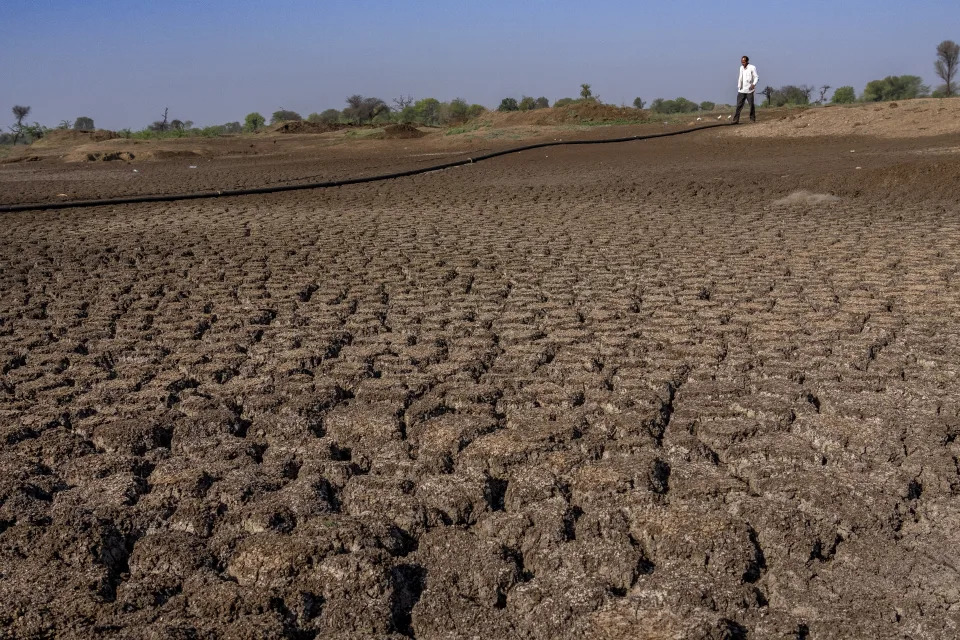


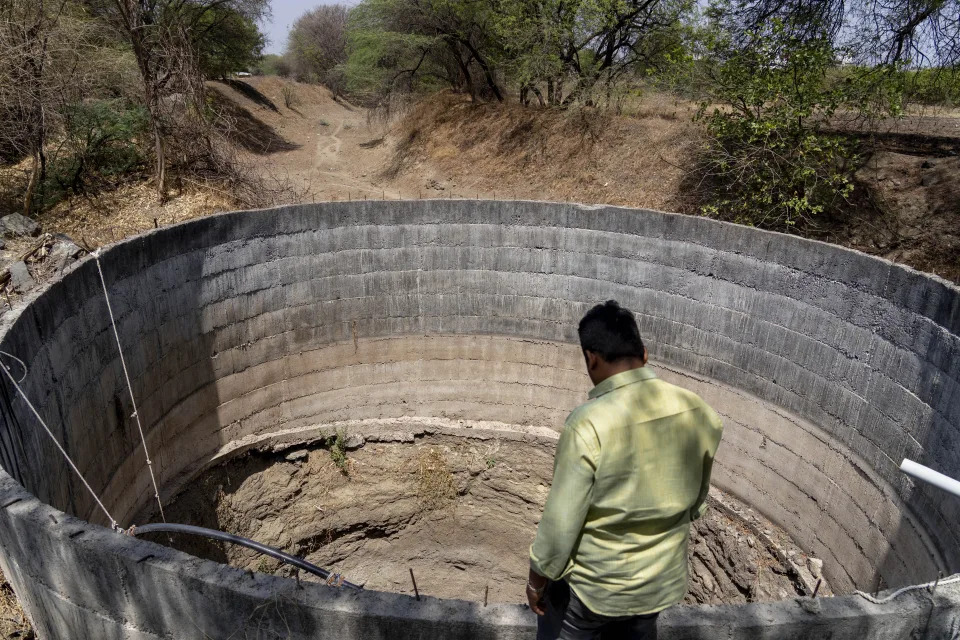



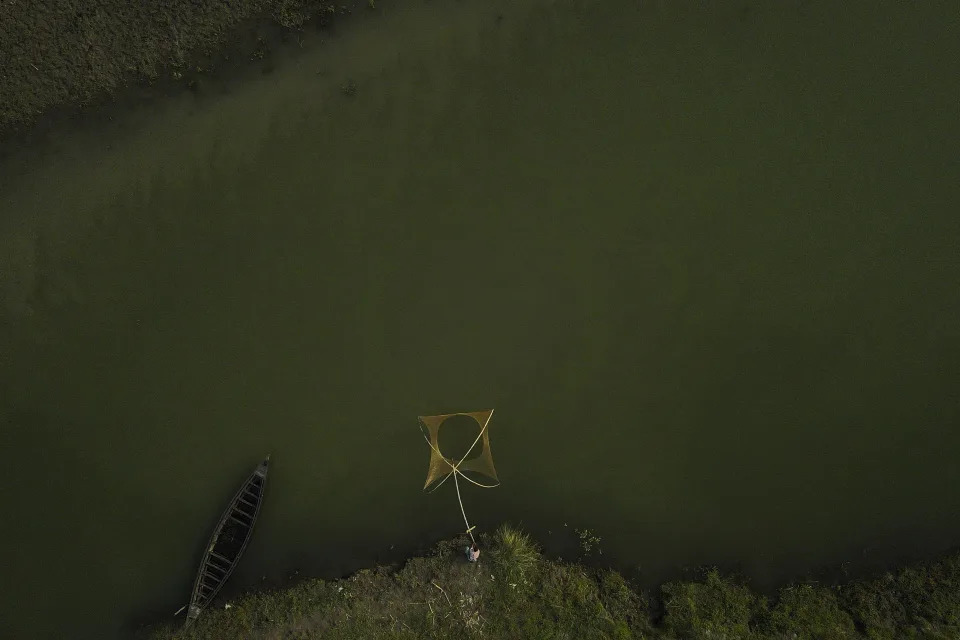


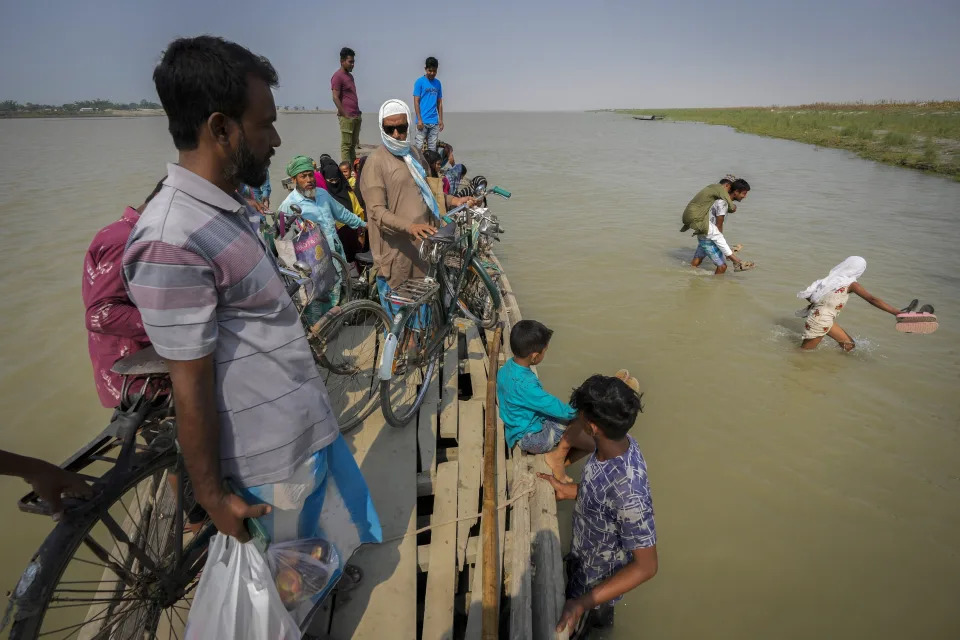
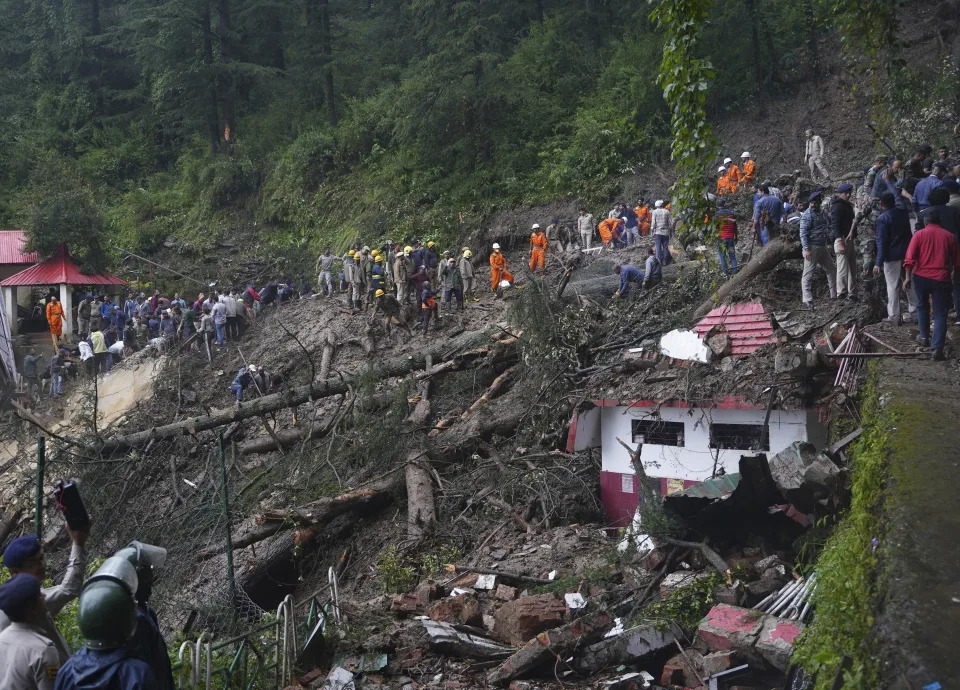
Rescuers remove mud and debris as they search for people feared trapped after a landslide near a temple on the outskirts of Shimla, Himachal Pradesh state, Aug.14, 2023. Voters in India, from the rain-drenched Himalayas in the north to the sweltering, dry south, are looking for politicians who promise relief, stability and resilience to the wide-ranging and damaging effects of a warming climate.
(AP Photo/ Pradeep Kumar, File)
